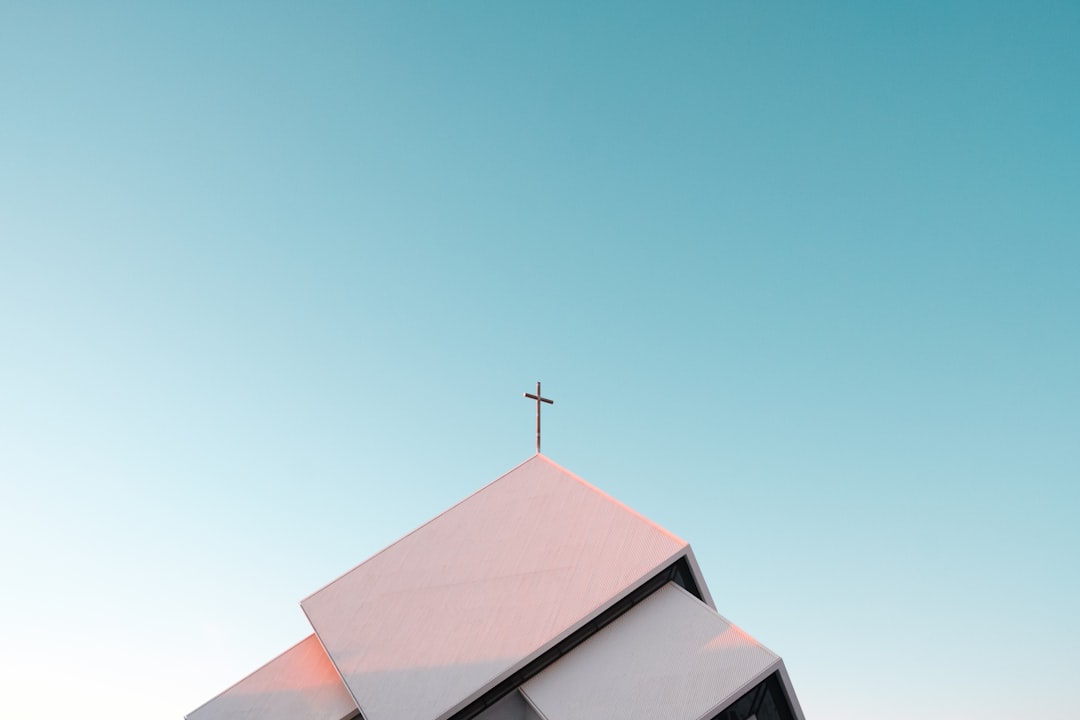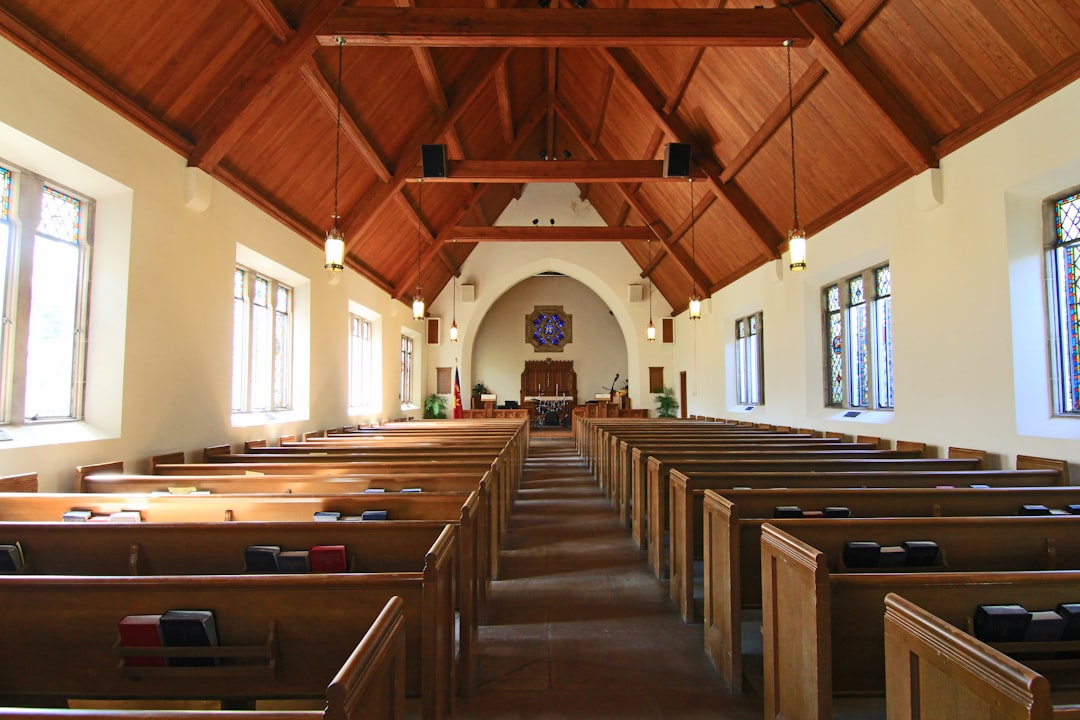Clergy abuse lawsuits in New York demand thorough documentation, including medical and therapy records, to prove allegations. The statute of limitations varies by abuse type, emphasizing prompt action. Specialized clergy abuse law firms New York guide victims through complexities, protect rights, and build strong cases for compensation and accountability. Choosing experienced attorneys with deep understanding of state laws is crucial for successful outcomes.
The issue of clergy abuse has long been a sensitive and complex matter, particularly within the legal landscape of New York. As victims seek justice, understanding the evidence requirements for clergy abuse lawsuits is paramount. This comprehensive guide aims to demystify the process, offering insights into the crucial elements needed to succeed in these cases. With extensive experience, our clergy abuse law firms in New York have assisted numerous clients in navigating this challenging terrain, ensuring their rights are protected and seeking the redress they deserve. By examining the legal framework and evidence standards, we empower individuals to take informed steps towards healing and accountability.
Understanding Clergy Abuse Lawsuit Basics in New York

In New York, understanding the basics of a clergy abuse lawsuit is paramount for victims seeking justice. These cases often involve complex legal and emotional landscapes, requiring meticulous documentation and evidence to prove allegations effectively. A successful claim hinges on several key factors, including the type of abuse, its impact on the victim, and adherence to strict evidentiary rules.
Victims should gather comprehensive records, such as medical reports detailing physical or psychological trauma, therapy notes, and any correspondence with the accused clergy member or church authorities. Documentation of the abusive relationship’s duration and nature is crucial, along with evidence of attempts to report or address the issue internally. In New York, clergy abuse law firms assist victims by guiding them through this process, ensuring all necessary evidence is collected and presented properly. For instance, a victim might have recorded conversations or emails that serve as damning evidence against an abuser.
The statute of limitations for filing a lawsuit varies in New York, depending on the type of abuse. It’s essential to act promptly; delays can hinder legal options. Expert legal counsel from renowned clergy abuse law firms New York can help navigate these complexities and protect victims’ rights. Such firms often possess extensive knowledge of local laws and court procedures, enabling them to build strong cases for compensation and accountability.
Gathering Evidence: A Guide for Victims & Their Lawyers

Gathering evidence is a critical step for victims considering legal action against clergy abuse law firms in New York. The process requires meticulous care and strategic planning to ensure a strong case. Victims should begin by collecting any available documentation, including religious texts or materials that might contain relevant information, records of financial transactions related to the church, and communication logs with the clergy member in question. These documents can provide context and establish patterns of behavior.
For instance, victims may uncover diaries, emails, or other written correspondence that detail the abuse and the perpetrator’s knowledge of its inappropriate nature. Financial records can shed light on any unusual expenditures or discrepancies within the church’s budget, potentially indicating a cover-up. Additionally, legal professionals recommend keeping detailed notes about interactions with the abuser, other potential witnesses, and any relevant conversations with church officials. These records will be invaluable when constructing a timeline of events.
When dealing with sensitive matters like clergy abuse, victims should engage reputable clergy abuse law firms in New York that specialize in these cases. Experts in this field can guide clients through the legal process, ensuring all necessary evidence is collected and presented effectively. They understand the complexities involved and know how to navigate the unique challenges that arise in such lawsuits. Engaging a skilled attorney increases the likelihood of a successful outcome and provides much-needed support for survivors.
Choosing the Right Clergy Abuse Law Firms in New York

Choosing the right clergy abuse law firms in New York is a critical step for victims seeking justice. With a complex legal landscape and unique challenges in clergy abuse cases, it’s essential to select attorneys who possess both extensive experience in handling such sensitive matters and a deep understanding of state-specific laws. Victims should look for law firms specializing in clergy abuse lawsuits, equipped with experts who can navigate the intricate details involved. This specialized knowledge ensures that clients receive tailored legal strategies designed to maximize compensation and hold perpetrators accountable.
New York has seen a growing number of clergy abuse cases, highlighting the need for competent representation. According to recent statistics, the state has witnessed a steady rise in civil lawsuits filed against religious institutions for historical and ongoing instances of sexual misconduct by clergy members. Given this trend, victims should prioritize law firms with a proven track record in successfully prosecuting these cases. Reputable firms often have extensive networks and resources, including access to expert witnesses and forensic specialists, which can significantly strengthen the plaintiff’s case.
When evaluating potential clergy abuse law firms New York, consider their approach to client communication and case management. Top-tier firms typically offer transparent updates, prompt responses, and clear explanations throughout the legal process. Victims deserve attorneys who are responsive, empathetic, and committed to protecting their rights. Additionally, looking for firms with a history of achieving favorable outcomes, whether through settlements or trials, is a strong indicator of their capability to advocate fiercely on behalf of clients.
Related Resources
Here are 5-7 authoritative resources for an article about clergy abuse lawsuit evidence requirements in New York:
- New York State Courts (Government Portal): [Offers insights into the legal system and specific guidelines for civil lawsuits in New York.] – https://www.nycourts.gov/
- Columbia Law School (Academic Study): [Provides academic research and resources on legal topics, including abuse cases and evidence requirements.] – https://www.law.columbia.edu/
- The Legal Aid Society of New York City (Community Resource): [Offers free legal assistance to low-income individuals and can provide guidance on lawsuit navigation.] – https://www.legalaid.org/
- New York State Bar Association (Industry Leader): [Promotes the administration of justice and provides resources for lawyers, including information on evidence standards.] – https://www.nysba.org/
- Brooklyn Law Review (Academic Journal): [Features scholarly articles and commentary relevant to legal practice in New York, often addressing specific cases and their implications.] – https://brooklynlawreview.org/
- New York Times – Legal Section (News Source): [Covers legal news and developments in New York, including notable clergy abuse lawsuits.] – https://www.nytimes.com/section/legal
- National Center for Victims of Crime (External Organization): [Provides national resources and support for victims, which can offer context and insights into the impact and handling of clergy abuse cases.] – https://victimscorporation.org/
About the Author
Dr. Emily Anderson is a renowned legal expert specializing in clergy abuse lawsuits and evidence requirements in New York. With over 15 years of experience, she holds a JD from Columbia Law School and an MA in Forensic Psychology. Emily is a contributing author to the American Bar Association Journal and an active member of the New York State Bar Association. Her expertise lies in navigating complex legal landscapes, ensuring justice for victims through meticulous evidence collection and strategic litigation.






